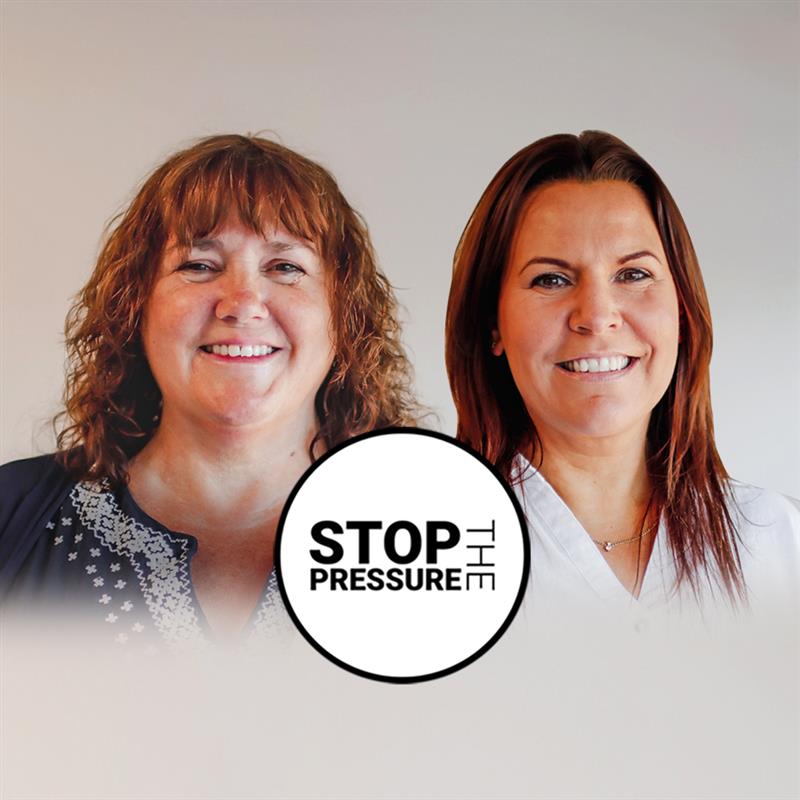What is meant by "posture" in Occupational Therapy?
Posture refers to how the body segments, such as the head, trunk, pelvis and limbs, align during different activities, such as sitting, standing, lying and moving (in function). When there are changes to muscle activity, the way the body segments align may become affected.
Normal posture
Firstly, let us establish that there is not one definitive posture that is normal. We are all different and the way we move is different. However, we share common traits which help us to understand how posture works. It is natural to adopt the least effortful posture; how many of us sit completely upright all day? It is too effortful for us to maintain the “best” posture, so we tend to adopt the most comfortable and functional one rather than what could be termed "proper posture". Some might be tempted to label this as "poor posture" but it should be considered that wherever postural alignment effectively serves a person's occupations and functions, that posture is potentially positively impacting their quality of life. In fact, there are many factors to consider in a holistic approach to posture than just assessing postural alignment.
Our posture is constantly changing when moving and completing everyday tasks and activities. Even when we are stationary, we shift our position to remain comfortable, even when we are sleeping. There are several factors that can influence our posture:
- The activity we are doing
- How we are feeling
- The environment we are in - such as cold or hot environments
- Internal stimuli – such as if we are hungry or thirsty
For example, when we are cold we will often bring our body segments closer together, becoming more flexed. When we are hot we will often become more open (extended). When healthcare professionals are looking at posture, they are analysing how the body segments align to one another and look for symmetry. They look at the pelvis as the foundation of posture and how the other segments, limbs, shoulders, spine and head are aligned in relation to this. When we look at postural management, we need to consider a person’s posture over a 24-hour period, including where they sleep, sit, stand, and walk.
Why 24-hour posture management?
Most of the time clients who require support with their posture will have limited mobility and spend a large amount of time in sitting or lying positions. When looking to provide intervention for seating, there needs to be consideration of the person's posture when they will not be using that seating - for example in bed or when using the toilet or shower. The effectiveness of intervention in just one area of posture will be limited unless all other areas are included.
24-hour posture management refers to how all seating (including armchairs, wheelchairs, shower chairs, commodes, etc) and lying surfaces (for example, beds) are tailored to support the postural needs of the person, therefore, offering a thorough assessment of interventions to support that person around the clock.
Symmetry and asymmetry in posture
The alignment of the body segments is affected by weakness and flaccidity, stiffness and spasticity. The difference between flaccidity and spasticity is that where some muscles are flaccid, the body segments may fall into different positions and in spasticity they may be pulled into different positions. The way we can support the body may be different depending on whether the segments are being pulled or falling (Pope 2007).
Posture is also affected by the surface we are interacting with. In sitting, the postural alignment of our body segments is different to when we are standing or walking and again when we are lying.
Form and function in posture
It is natural that we will adopt different postures when doing different activities in different contexts. Function will often drive the form. This is important to remember when looking at someone’s posture and their postural limitations as the function will drive the resulting posture (Stinson et al 2021). When assessing posture and setting your goals for intervention you need to be clear what the person’s goals are that are meaningful to them.
“I just want to be comfortable…” What does that mean? What is being uncomfortable stopping the person from doing?
Be mindful that a symmetrical/corrected posture may impede function. Therefore, it is not to be tolerated in that case.
Where does posture management fit with Occupational Therapy?
“Occupational therapy helps you live your best life” - RCOT
There are different models of practice to help guide and frame Occupational Therapy and OT interventions. They can help identify areas that interfere with the completion of occupations and ensure therapists do not merely look at symptoms (Boniface & Seymour 2012). Here we can see the Canadian Model of Occupational Performance and Engagement (Townsend & Polatajko 2007).
The model helps Occupational Therapists to analyse the person, their functions, their occupations, roles, and the environment in which they perform occupations. When considering postural management, OTs focus on the motor functions initially, in the physical postural assessment, such as the position of the pelvis and range of movement in the legs, etc). What makes OTs ideally placed to manage posture is their ability to then look at how those physical impairments impact every other aspect of a person.

Final thoughts
By considering the whole person and their environment we also begin to understand how OTs are well-positioned to consider posture over a 24-hour period, covering all areas of the person’s life. The Royal College of Occupational Therapists so rightly says that "Occupational therapy helps you live your best life," but in our own occupations as an OT, it's in our client's interests not to judge posture based on arbitrary terms such as "correct posture" or "bad posture" but to assess how posture affects functional performance in their daily routines. That is why a 24-hour approach is to be encouraged when considering posture management.
This blog is based on the the first chapter of our guide 24-hour posture and pressure management for Occupational Therapists.
Download your free copy here.
- Pope, P (2007). Severe and Complex Neurological Disability. Butterworth Heinemann
- Stinson M, Crawford S, Madden E. Current clinical practice in 24-hour postural management and the impact on carers and service users with severe neurodisability. British Journal of Occupational Therapy. 2021;84(6):355-365.doi:10.1177/0308022620944739
- RCOT - https://www.rcot.co.uk/about-occupationaltherapy/what-is-occupational-therapy
- Townsend & Polatajko (2007). Canadian Model of Occupational Performance and Engagement
- Boniface & Seymour (2012). Using Occupational Therapy in Practice








.jpg)



.png)







